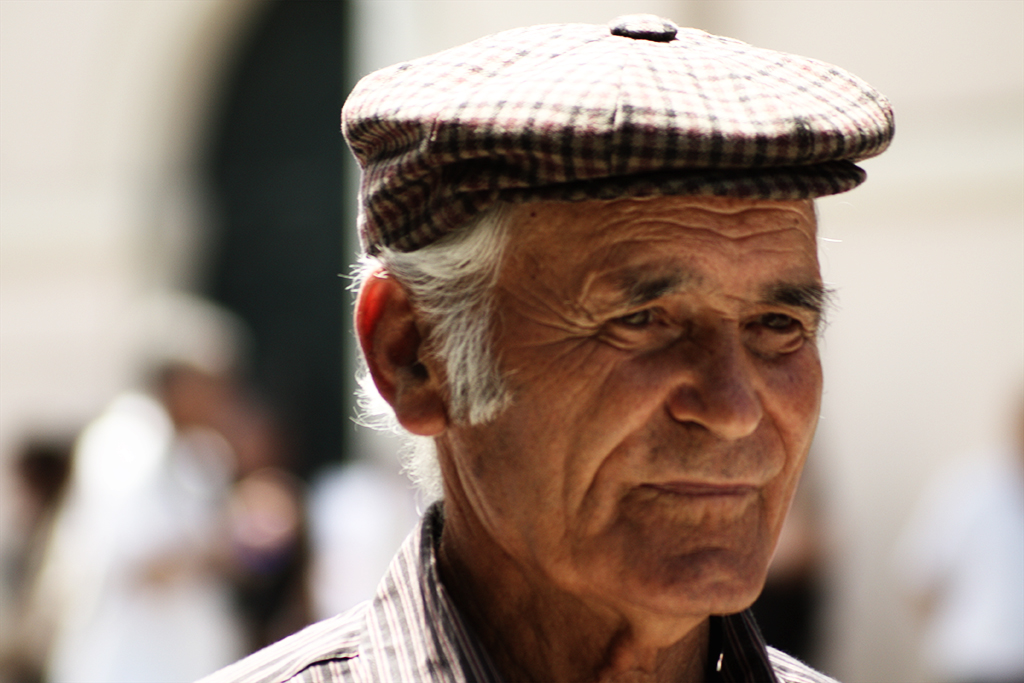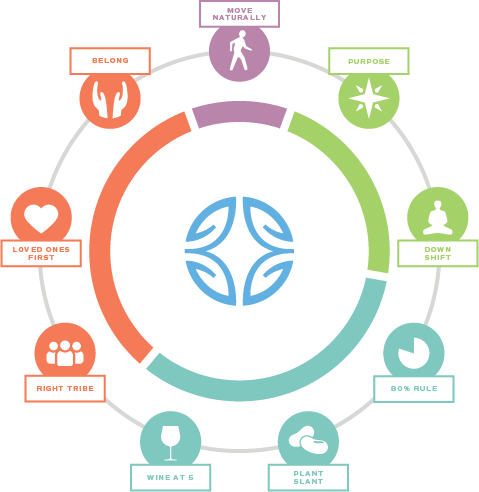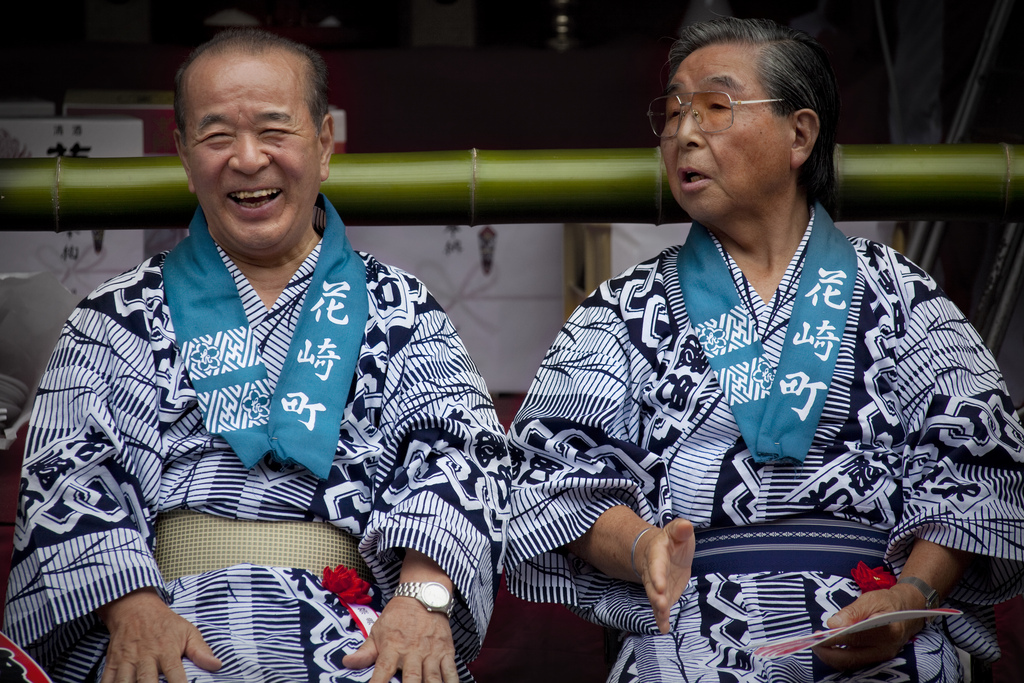
- Better Society -
- 4mins -
- 7,276 views
Why People in “Blue Zones” Live Longer – Up to 100 – Than the Rest of the World
Internationally renowned author, researcher, and explorer Dan Buettner spent over a decade studying “Blue Zones”, the areas in the world where people live longer and healthier lives than anywhere else on the planet.
Could “Blue Zones” the path to long life and health?
Internationally renowned author, researcher, and explorer Dan Buettner travelled the world researching the living habits of the world’s longest-lived. These “Blue Zone” regions are incredible because the people there live not only longer, but better. Besides having a large percentage of people that live to 100, the aging population also remains active well into their 80 and 90s, and typically do not suffer the degenerative diseases common in most of the industrialised world.

Sardinia (Italy) Sardinia, Italy is a hot spot of longevity in mountain villages where a substantial proportion of men reach 100. It is one of the places where people live the longest in the world. Source: Flickr Jean Bajean
What and where are the blue zones and what can we learn from them? 5 blue zones, 9 lessons
The 5 Blue Zones regions identified are:
- Barbagia region of Sardinia – Mountainous highlands of inner Sardinia with the world’s highest concentration of male centenarians.
- Ikaria, Greece – Aegean Island with one of the world’s lowest rates of middle age mortality and the lowest rates of dementia.
- Nicoya Peninsula, Costa Rica – World’s lowest rates of middle age mortality, second highest concentration of male centenarians.
- Seventh Day Adventists – Highest concentration is around Loma Linda, California. They live 10 years longer than their North American counterparts.
- Okinawa, Japan – Females over 70 are the longest-lived population in the world.
With the Blue Zones’ team of medical researchers, anthropologists, demographers, and epidemiologists, Buettner found the evidence-based common denominators of all the Blue Zones regions. He named them the Power 9
While the residents of the “Blue Zones” may live in very different parts of the world, they all share the same 9 commonalities that lead to a longer, healthier, happier lives (listed below).

The Power 9 Blue Zones assembled a team of medical researchers, anthropologists, demographers, and epidemiologists to search for evidence-based common denominators among all places. They found nine. Source: BlueZones.com
The 9 Lessons for Living Longer from the People Who’ve Lived the Longest
1. Move Naturally: The world’s longest-lived people don’t pump iron, run marathons or join gyms. Instead, they live in environments that constantly nudge them into moving without thinking about it. They grow gardens and don’t have mechanical conveniences for house and yard work.
2. Purpose: The Okinawans call it “Ikigai” and the Nicoyans call it “plan de vida;” for both it translates to “why I wake up in the morning.” Knowing your sense of purpose is worth up to seven years of extra life expectancy
3. Down Shift: Even people in the Blue Zones experience stress. Stress leads to chronic inflammation, associated with every major age-related disease. What the world’s longest-lived people have that we don’t are routines to shed that stress. Okinawans take a few moments each day to remember their ancestors, Adventists pray, Ikarians take a nap and Sardinians do happy hour.
4. 80% Rule: “Hara hachi bu” – the Okinawan, 2500-year old Confucian mantra said before meals reminds them to stop eating when their stomachs are 80 percent full. The 20% gap between not being hungry and feeling full could be the difference between losing weight or gaining it. People in the Blue Zones eat their smallest meal in the late afternoon or early evening and then they don’t eat any more the rest of the day.
5. Plant Slant: Beans, including fava, black, soy and lentils, are the cornerstone of most centenarian diets. Meat—mostly pork—is eaten on average only five times per month. Serving sizes are 3-4 oz., about the size of a deck of cards.
6. Wine @ 5: People in all Blue Zones (except Adventists) drink alcohol moderately and regularly. Moderate drinkers outlive non-drinkers. The trick is to drink 1-2 glasses per day (preferably Sardinian Cannonau wine), with friends and/or with food. And no, you can’t save up all week and have 14 drinks on Saturday.
7. Belong: All but five of the 263 centenarians interviewed belonged to some faith-based community. Denomination doesn’t seem to matter. Research shows that attending faith-based services four times per month will add 4-14 years of life expectancy.
8. Loved Ones First: Successful centenarians in the Blue Zones put their families first. This means keeping aging parents and grandparents nearby or in the home (It lowers disease and mortality rates of children in the home too.). They commit to a life partner (which can add up to 3 years of life expectancy) and invest in their children with time and love (They’ll be more likely to care for you when the time comes).
9. Right Tribe: The world’s longest lived people chose–or were born into–social circles that supported healthy behaviors, Okinawans created ”moais”–groups of five friends that committed to each other for life. Research from the Framingham Studies shows that smoking, obesity, happiness, and even loneliness are contagious. So the social networks of long-lived people have favorably shaped their health behaviours.
To make it to age 100, you have to have won the genetic lottery. But most of us have the capacity to make it well into our early 90’s and largely without chronic disease.
As the Adventists demonstrate, the average person’s life expectancy could increase by 10-12 years by adopting a Blue Zones lifestyle.
[Below]: Dan Buettner shares the 9 common diet and lifestyle habits that keep them spry past age 100
Source: BlueZones.com

Good old time in Japan Source: Flickr Aaron Schumaker
This article was first published on BrightVibes on Feb 27 2019.

